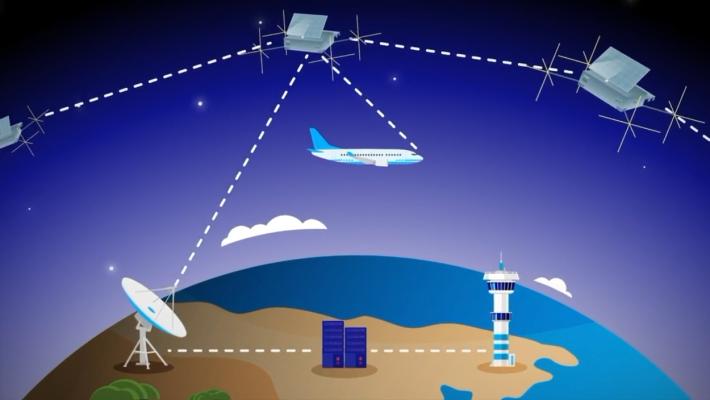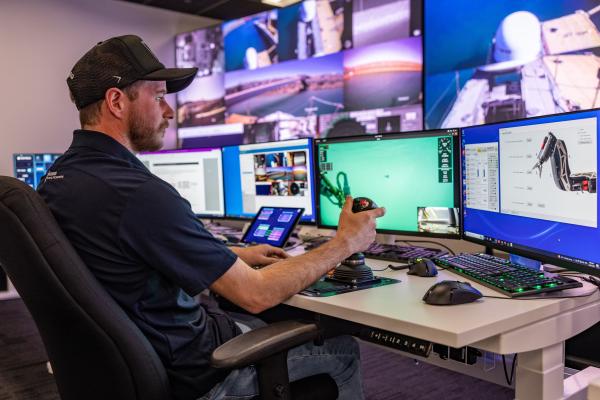Deep within Skykraft spacecraft is a new system for formation flying – and it’s shaping a constellation of Australian satellites designed for global, uninterrupted air traffic control.
Key facts
Key facts
- Canberra-based Skykraft is building a constellation of over 200 satellites for global air traffic management.
- The satellites will feature a vital Agency-funded system for positioning themselves in formation in space.
- The service provides uninterrupted coverage of aircraft, and it’s on track to operate from 2026.
After weathering a global pandemic, the big business of aviation keeps flying high. An average day in 2025 sees over 100,000 planes take to the skies across the world, with around 13,000 in the air at any given time. Annually, those planes will carry close to 5 billion passengers and a third of global trade.
And while flying planes from A to B is one thing, communicating with them and keeping track of them in the air is another. A network of ground infrastructure has long done the job – which leaves gaps, especially considering over 70% of the Earth is covered by ocean.
This is where space technology comes in. Strategically positioned constellations of satellites can eliminate the gaps left by ground infrastructure, giving planes continuous communication and surveillance coverage wherever their journey takes them.
Skykraft, a Canberra-based satellite manufacturer and space services provider, is realising this potential. Starting with the launch of 5 satellites in 2023, it has steadily been building its own Air Traffic Management (ATM) service – a constellation that will be usable in 2026 and eventually feature over 200 satellites.
The service will provide consistent aircraft position information and two-way voice and data communications between pilots and air traffic controllers.
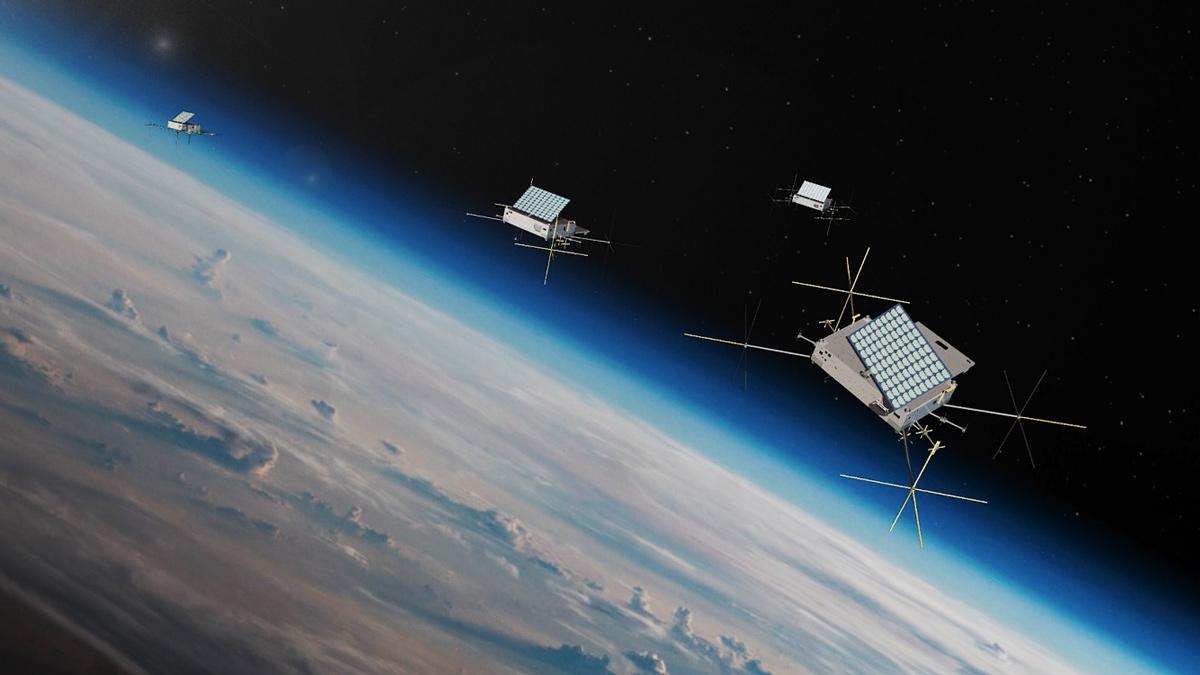
Order in orbit
CEO Michael Frater says the key to organising the constellation is Skykraft’s own Attitude Determination and Control System (ADCS), which the company has been developing since 2018.
“We need to precisely position the spacecraft in the constellation, so they're evenly spread out… this means we need to be able to measure their position and attitude (facing direction),” Michael says.
“The ADCS has sensors that let us figure out what the orientation of a satellite is, and then it has a control system… we can change the angles of pitch (tilting up and down), yaw (turning side to side), and roll (rotating horizontally).”
The sensors employed by the ADCS include cameras that view the Earth’s horizon and a magnetometer to measure the Earth’s magnetic field. When the system recognises the discrepancy between the current attitude and the target attitude, gyroscopes act to adjust the satellite’s orientation accordingly.
Investment in the ADCS from the Australian Space Agency in 2022 through the Moon to Mars grant program enabled the creation of a prototype sensor, advanced work on sensor algorithms, and further refinement to the system’s overall control function.
“The Skykraft spacecraft weigh about 80 kilos, and when all of the antennas are deployed, they're about 6 metres across – so the level of control which is required is much greater than necessary with small spacecraft used by many other organisations in the Australian space sector,” Michael says.
Built with Aussie air expertise
Australian sky makes up 11% of global airspace, and the organisation managing it – Airservices Australia – partnered with Skykraft in 2022 to inform the development of the ATM service.
The two organisations ran proof-of-concept trials of the system, which have since concluded, as well as transferring technical engineering and air traffic management expertise.
Speaking on the partnership announcement, Airservices Australia Deputy CEO Peter Curran (then Chief Customer Experience & Strategy Officer), praised the growing role of space technology.
“Space-based technologies provide significant opportunity to enhance safety, efficiency, predictability and capacity, while reducing overall infrastructure costs associated with the current ground-based networks,” he said.
“This is a great opportunity to support an Australian company develop new sovereign capability that has the potential to provide near continuous surveillance reporting and higher fidelity communications that not only benefits Airservices and our customers, but the global aviation industry.”
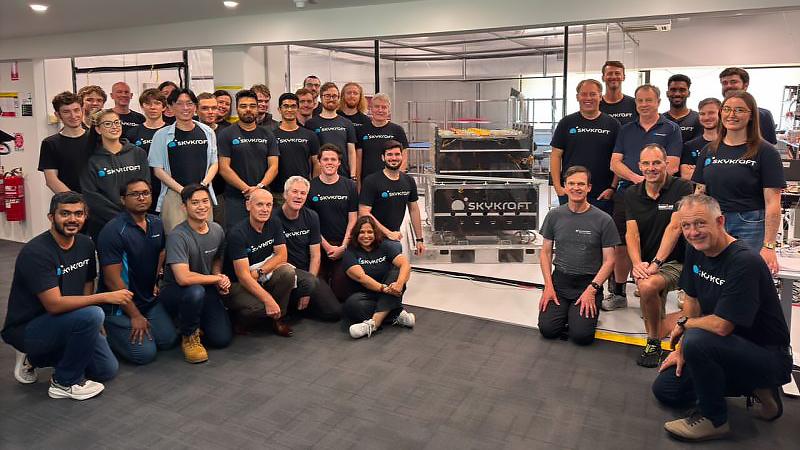
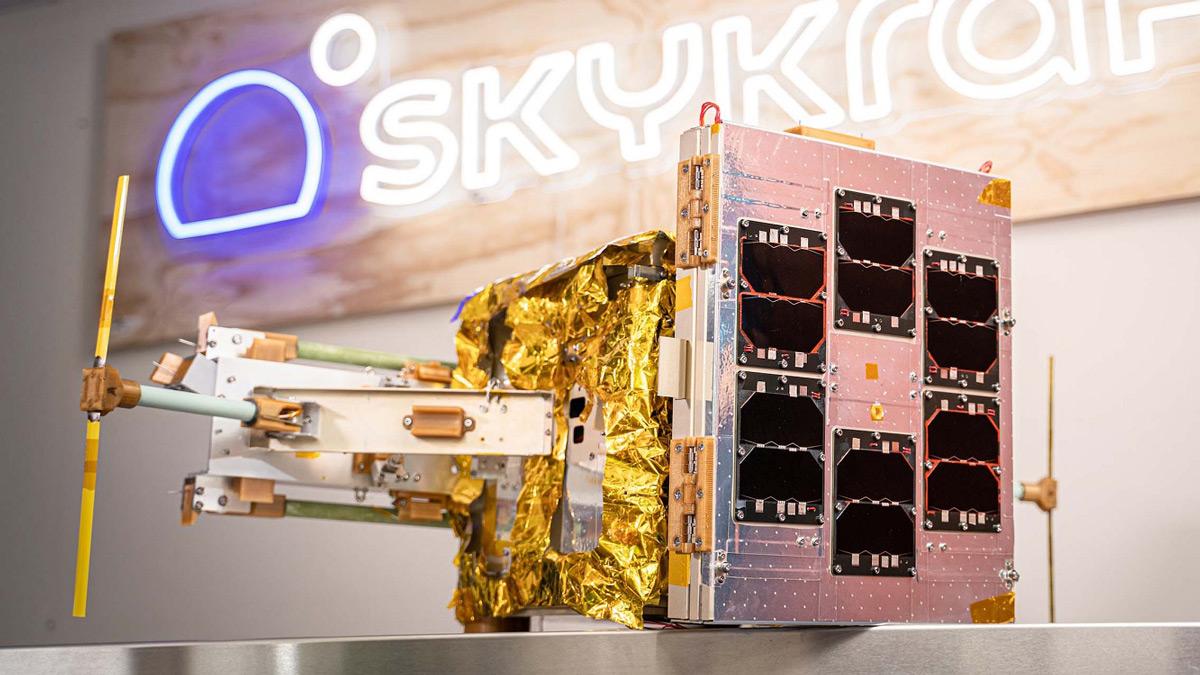
Big launches and lessons ahead
Skykraft is now running tests and improving its algorithms using an ADCS launched into orbit in July, in anticipation of regular deployment aboard its spacecraft from next year.
Looking ahead, Michael points out the company’s philosophy of continually learning and gathering data through testing mechanisms built into its operating technology.
“Rather than thinking about building special test jigs for our manufacturing, what we really want to do is have all of the test infrastructure bundled inside every spacecraft,” Michael says.
“There's some instances in manufacturing you where you would never do this, like with consumer electronics, for example, which are very price sensitive… bundling that inside every product actually can increase cost.”
“For us, the big driver is not the last $5 of the spacecraft's cost… it's being able to get access to a rich data set on the performance of the spacecraft on an ongoing basis, and to have consistency about the data that we're collecting all the way through the life of the satellite.”
Over the next six months, Skykraft will continue in-orbit and ground testing of the ADCS, fine-tuning it in time to roll out the first spacecraft of its operational ATM constellation in 2026.

Industry showcase
Australian space innovations making an impact
Main image caption: Diagram of the ATM service in action.

